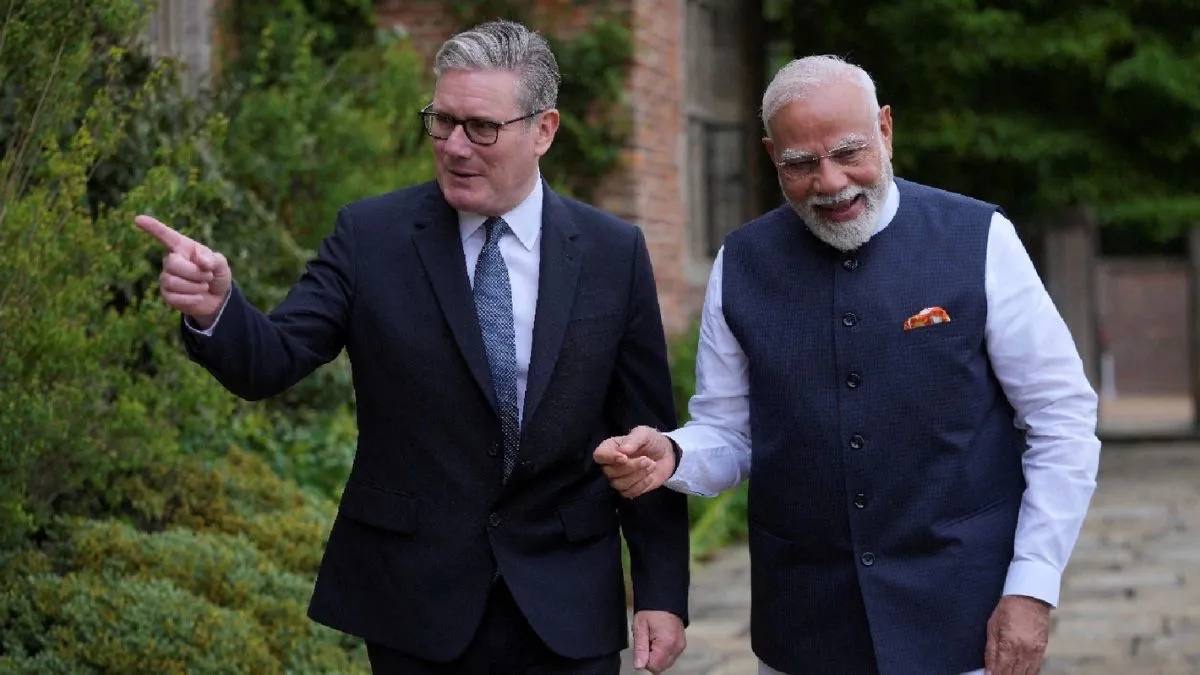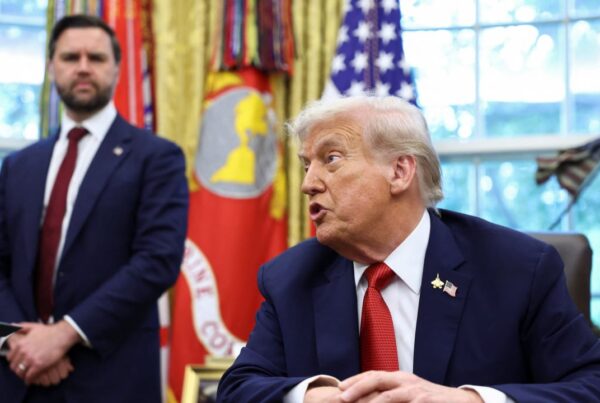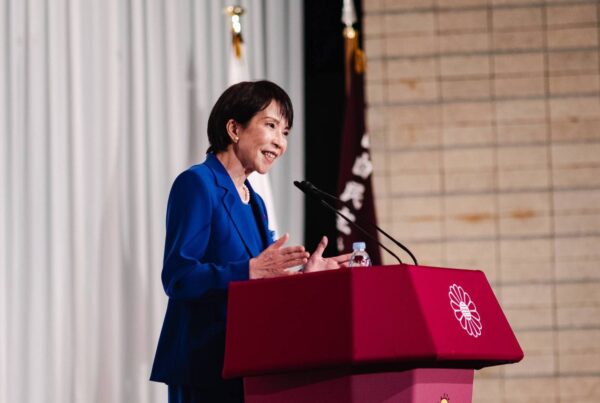The future of the UK-India Partnership is set to enter a critical phase as British Prime Minister Keir Starmer prepares for a high-stakes diplomatic visit to India on October 8–9, 2025. The visit is centered on reinforcing the strategic ties between the two nations, with a clear focus on implementing the ambitious “Vision 2035” framework. This roadmap aims to significantly deepen cooperation in trade, defense, technology, and climate action, marking a new era in their long-standing relationship.
A New Chapter for a Historic Relationship
Prime Minister Starmer’s visit is not merely a routine diplomatic engagement; it represents a significant step in the United Kingdom’s post-Brexit foreign policy, which increasingly pivots towards the Indo-Pacific. For India, it is an affirmation of its rising stature as a global power and a key partner in ensuring regional stability. The discussions are expected to build upon the foundations laid by the 2030 Roadmap, seeking to accelerate progress and set more ambitious goals for the next decade.
This engagement is timed to capitalize on recent momentum, including the conclusion of a landmark trade agreement earlier in the year. Both governments view this visit as a crucial opportunity to align their strategic objectives in a rapidly evolving global landscape. Furthermore, it allows the leaders to personally steer the implementation of key initiatives and ensure that the cooperative spirit translates into tangible outcomes that benefit both economies and populations.
The Geopolitical Significance
The backdrop of this visit is a complex international environment. The strengthening of the UK-India Partnership is widely seen as a strategic move to foster a network of democratic allies in the Indo-Pacific. This collaboration is crucial for promoting a rules-based international order and ensuring freedom of navigation in critical maritime trade routes. Consequently, the dialogue will likely extend beyond bilateral issues to cover regional security and shared responses to global challenges.
Analysts suggest that a closer alliance between London and New Delhi serves as a stabilizing influence in the region. The partnership leverages the UK’s diplomatic and military experience with India’s growing economic and demographic power. In this context, cooperation on counter-terrorism, cybersecurity, and maritime security is expected to be a prominent part of the agenda, reflecting a shared commitment to a secure and prosperous world.
This strategic alignment also provides both nations with greater leverage in multilateral forums. By coordinating their positions on issues ranging from climate change to global trade reform, the UK and India can amplify their influence. This visit, therefore, is as much about shaping the global future as it is about cementing a bilateral relationship.
Building on the 2030 Roadmap
The “Vision 2035” framework is an evolution of the comprehensive 2030 Roadmap for India-UK relations, which was established to elevate the relationship to a Comprehensive Strategic Partnership. The roadmap has already yielded significant results, including enhanced trade flows and deeper collaboration in scientific research and healthcare, particularly during the global pandemic. The upcoming talks will review the progress made under this existing framework and identify areas where cooperation can be intensified.
Vision 2035 aims to be more forward-looking, focusing on next-generation challenges and opportunities. It outlines a clear path for collaboration in emerging sectors like artificial intelligence, quantum computing, and biotechnology. Moreover, it places a strong emphasis on the “living bridge” of people-to-people connections, aiming to expand educational exchanges and professional mobility, which are cornerstones of the enduring UK-India Partnership.
The success of Vision 2035 will be measured by its ability to deliver on ambitious targets, including doubling bilateral trade and launching new joint ventures in green technology. The framework is designed to be dynamic, with mechanisms for regular review to ensure it remains relevant to the changing needs of both countries over the next decade.
Strengthening the UK-India Partnership Through Trade and Defense
At the heart of Prime Minister Starmer’s visit are the core pillars of trade and defense. Economic prosperity and security are intrinsically linked, and both nations are keen to build a robust framework that supports mutual growth while addressing shared security concerns. The recently signed trade deal provides a strong foundation, but the leaders are expected to explore further avenues for economic integration and defense industrial cooperation.
The economic dialogue will focus on leveraging the new trade agreement to its full potential, ensuring that businesses in both countries can take advantage of reduced tariffs and streamlined regulations. On the defense front, discussions will move beyond simple procurement to focus on co-development and co-production of advanced military hardware, aligning with India’s “Make in India” initiative and the UK’s desire to forge lasting defense-industrial partnerships.
[Image: Prime Minister Keir Starmer shaking hands with Indian Prime Minister Narendra Modi] Alt text: Prime Minister Keir Starmer solidifies the UK-India Partnership during his visit to India.The Landmark Free Trade Agreement
The Comprehensive Economic and Trade Agreement (CETA), finalized in July 2025, is a centerpiece of the modern UK-India Partnership. This deal is projected to significantly boost bilateral trade, which already stands at an impressive volume. During the visit, the leaders will engage with business leaders from both countries to highlight the opportunities created by the agreement and address any implementation challenges.
The agreement is particularly beneficial for key sectors such as textiles, automotive parts, and professional services. It slashes tariffs on a wide range of goods and creates a more predictable regulatory environment for investors. For the UK, the deal offers unprecedented access to one of the world’s fastest-growing major economies. Meanwhile, for India, it opens up new markets for its exports and facilitates the transfer of valuable technology and expertise.
Beyond trade in goods, the agreement includes ambitious provisions for services and investment. It aims to make it easier for professionals like lawyers, accountants, and architects to operate in each other’s countries, fostering deeper integration of their service economies. Read more about current economic trends on Olam News.
Deepening Defense and Security Cooperation
The defense component of the UK-India Partnership has grown substantially in recent years, driven by a shared interest in a stable Indo-Pacific. The visit is expected to result in the announcement of a new defense industrial roadmap, which will guide collaboration in areas like jet engine technology and electric propulsion for naval vessels. This moves the relationship from a buyer-seller dynamic to one of true strategic partnership.
Joint military exercises, such as the ‘Ajeya Warrior’ (army) and ‘Konkan Shakti’ (tri-service), have become more complex and frequent, enhancing interoperability between the armed forces of both nations. These exercises are crucial for building mutual trust and developing coordinated responses to potential security threats. Details about these initiatives can be found on official government channels like the UK Government’s foreign policy page (DoFollow).
Furthermore, the leaders will discuss cooperation on maritime domain awareness in the Indian Ocean, a critical artery for global trade. By sharing information and coordinating patrols, the UK and Indian navies can more effectively combat piracy, trafficking, and other illicit activities, thereby ensuring the security of vital sea lanes.
Technology and Climate as Key Pillars for the Future
Looking ahead, the long-term strength of the UK-India relationship will be defined by collaboration in technology and climate change. Both governments recognize that these two areas will shape the global economy and environment of the 21st century. The visit aims to establish concrete joint initiatives that position the UK and India as global leaders in innovation and sustainable development.
From artificial intelligence and semiconductors to renewable energy and green finance, the potential for synergy is immense. India’s burgeoning tech ecosystem and the UK’s world-class research institutions create a powerful combination for driving progress. This partnership is not just about economic gain; it is about co-creating solutions to some of humanity’s most pressing challenges.
A Hub for Technology and Innovation
The “Vision 2035” framework places a significant emphasis on creating a seamless corridor for technology and innovation between the two countries. This includes establishing a Joint AI Centre to collaborate on research and regulation, as well as fostering partnerships in critical areas like semiconductors and quantum technologies. The goal is to build resilient and secure supply chains for the technologies of the future.
This collaboration will be fueled by academic and research exchanges, connecting top universities and R&D labs. The UK-India Technology Security Initiative, launched previously, provides a foundation for this deeper engagement, ensuring that technological advancements are pursued in a manner that is safe, secure, and beneficial for all.
The thriving startup ecosystems in both nations offer another avenue for partnership. The visit will likely feature interactions with tech entrepreneurs and venture capitalists to promote cross-border investment and help innovative companies scale their operations globally, further strengthening the economic dimension of the UK-India Partnership.
A United Front on Climate Action
As two major economies, the UK and India have a shared responsibility to lead the global fight against climate change. The visit will focus on a transformative climate partnership aimed at accelerating the transition to clean energy and mobilizing the necessary finance for green infrastructure. This collaboration is crucial for meeting their respective net-zero emissions targets.
Key areas of discussion will include expanding cooperation in offshore wind and solar energy, where both countries have considerable expertise. They will also explore joint initiatives in emerging areas like green hydrogen and carbon credit markets. By working together, they can drive down the cost of clean technologies and make them more accessible to the rest of the world.
This united front on climate action extends to multilateral forums, where the UK and India will work together to push for more ambitious global commitments. Through platforms like the International Solar Alliance and the Coalition for Disaster Resilient Infrastructure, they are already playing a leading role. This visit will serve to reinforce that commitment and launch new initiatives for a sustainable future.
As Prime Minister Starmer’s visit unfolds, it is clear that the discussions in India are about more than just reaffirming old ties. They are about architecting a modern, forward-looking strategic alliance fit for the challenges of the 21st century. The success of this renewed UK-India Partnership will have implications not only for the two nations involved but for the broader stability and prosperity of the Indo-Pacific region and the world. As discussions unfold, stay tuned to Olam News for in-depth analysis and follow-up reports on this developing story.









